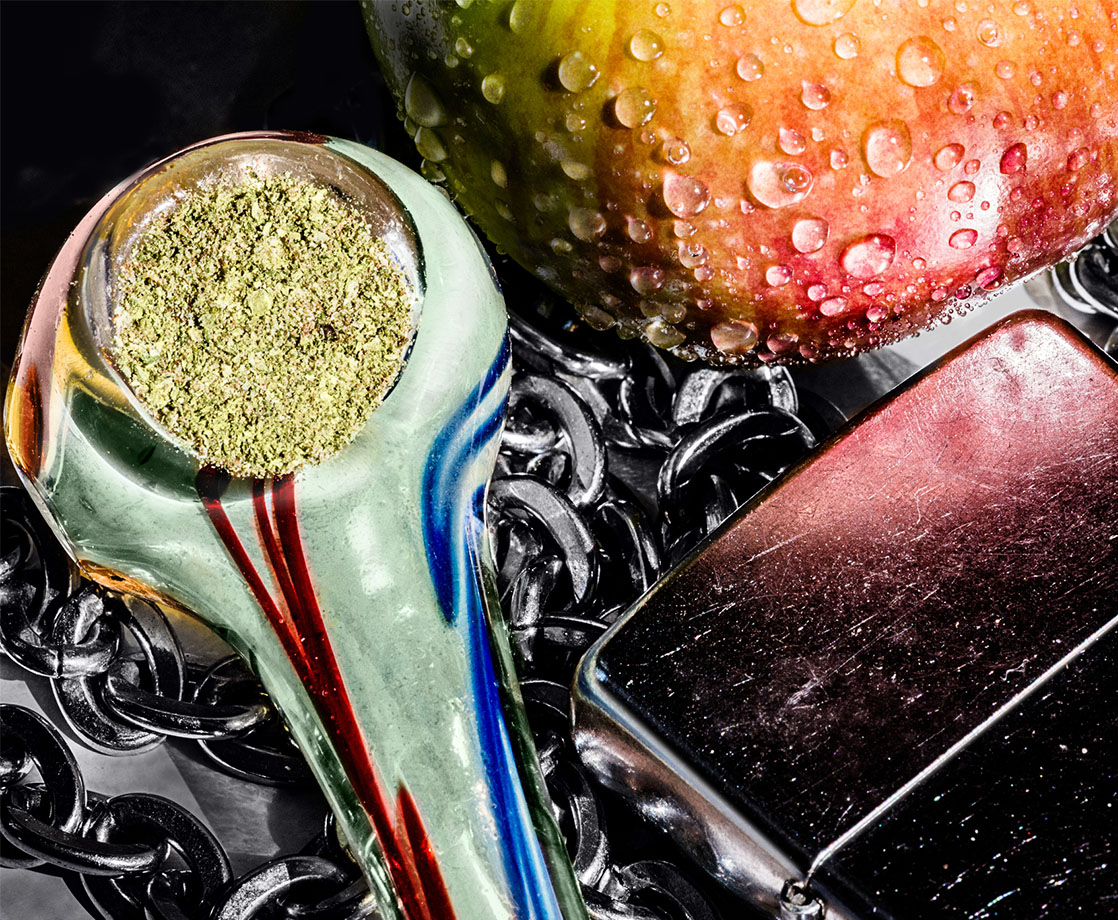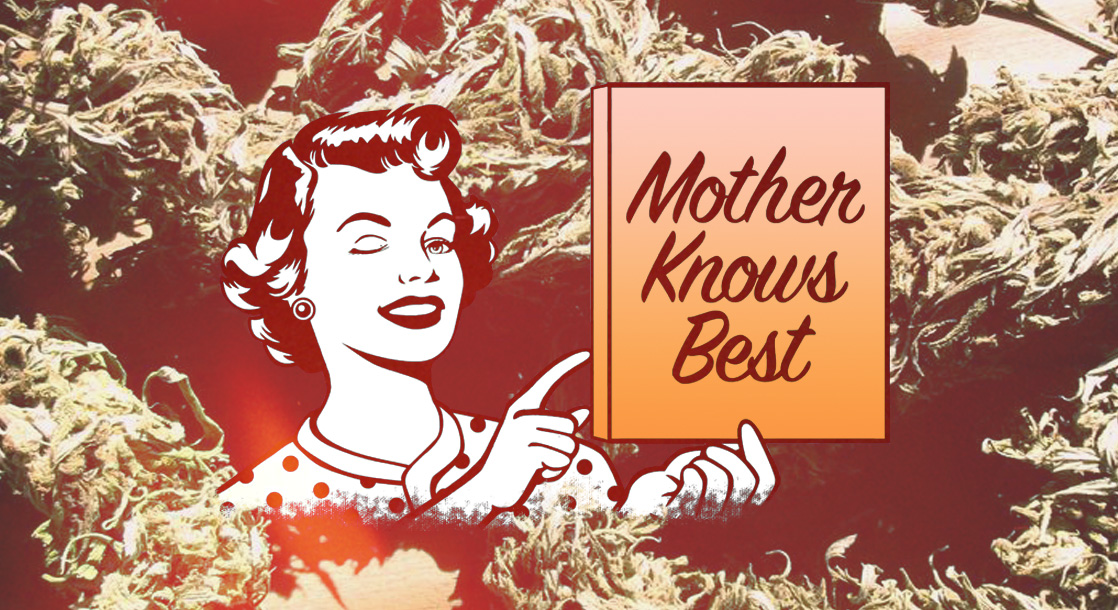All photos courtesy of Brett Stern and Overcup Press
Impromptu puffers, rejoice! 99 Ways to Make a Pipe: Problem Solving for Pot Smokers by Brett Stern (out now on Overcup Press) is a must-have for any cannabis enthusiast because we’ve all, at some point, faced the dilemma of having weed in hand and no way to imbibe it.
Author Brett Stern is an industrial designer who delivers exactly what the book’s title promises: 99 easy-to-follow instructions for constructing workable smoke delivery systems out of everyday items from around your home.
Illustrated with clear photos, step-by-step guides, and plenty of dope stoner wit, 99 Ways to Make a Pipe belongs in every lit library as if it were a “break glass in case of emergency”-style pot bible. If you’re ever in a pinch, this book has got your bud and your back.
Brett Stern took some time to talk to MERRY JANE about the book, his cannabis credentials, and why he chooses corn dogs over coffee pods when it comes to personal homemade pipe preference. As a wise man once said, got 99 problems but a bowl ain’t one!

MERRY JANE: Tell us a little about your background and how it led to you authoring 99 Ways to Make a Pipe.
Brett Stern: I am an industrial designer and a craftsman. That’s the profession of inventing/designing consumer/industrial products. Everything you buy that’s a 3D object and is mass-produced is a product. For example — a car, blender, phone, chair, toy, packaging, etc.
I have always been self-employed, dividing my work between inventing things and making things. I have eight patents, six in the medical field related to surgical instruments and implantable medical devices.
I was also the creator/founder of a snack food company called Beer Chips®, where I figured out how to put beer into a potato chips without making them soggy.
What is your own relationship to pot smoking? Is it something you enjoy or did this book arise as more of an engineering project?
I smoke pot. My mother knows. I am a creative type for both work and life direction. I do not need to be high to be more creative, but it does seem to make colors and textures more fun to look at. Living in Portland, Oregon, where it is legal to consume [cannabis] has made it more legitimate and open to seeing the benefits of consumption.
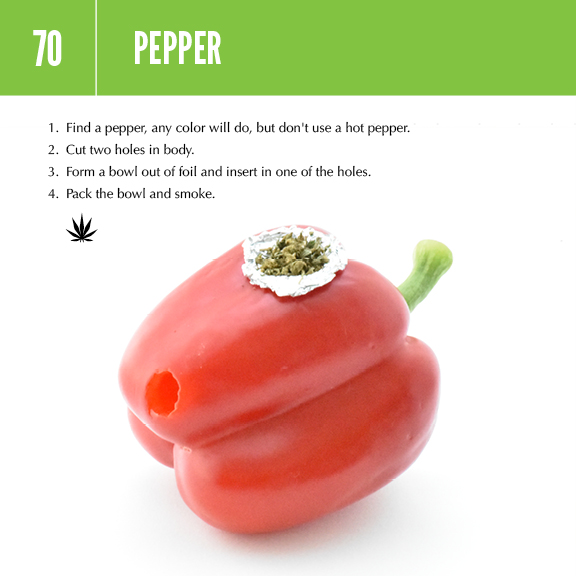
What was the very first pot pipe you ever constructed in your life?
It was in college, when I was studying industrial design. We had a project to design and prototype a product that involved using clear acrylic tubing that was two-inches in diameter. With extra materials and a full shop at my disposal, my fellow classmates and I proceeded to make bongs in every possible configuration. So, I can say I studied pipe making in college!
99 Ways to Make a Pipe does seem like a natural companion to your previous book, 99 Ways to Open a Beer Bottle Without a Bottle Opener. In what ways are the two books similar? In what ways are they different?
Both books are about problem solving. The bottle cap and pipe are simply metaphors for a specific problem to solve. In life, you don’t always have the correct tools, resources, and/or personnel at your disposal — but there is always a solution.
Design is also about compromise, which is usually between the time and money that you have at hand. When I approach a problem, I accept there is never one solution, but rather multiple opportunities to approach the situation.
The beer book came about when I was with two other industrial design friends in a bar and we were served beers that weren’t opened. We quickly brainstormed the problem at hand and just kept throwing ideas and solutions out there. I simply remembered the next day and wrote the book. I may now be the expert on this subject matter, but everyone has at some point needed to open a beer or smoke some flower and have had to come up with their own solutions. I just got off my ass and did something about it. I like to believe that smoking pot doesn’t make you forgetful or lazy.
The 99 ways in the beer book was a riff on the song “99 Bottles of Beer on the Wall.” I would say both books offer a similar approach, while also adding a sense of humor to the problem. If you can make people smile, so much the better. And who doesn’t want to smile and laugh while drinking a beer or smoking some pot?
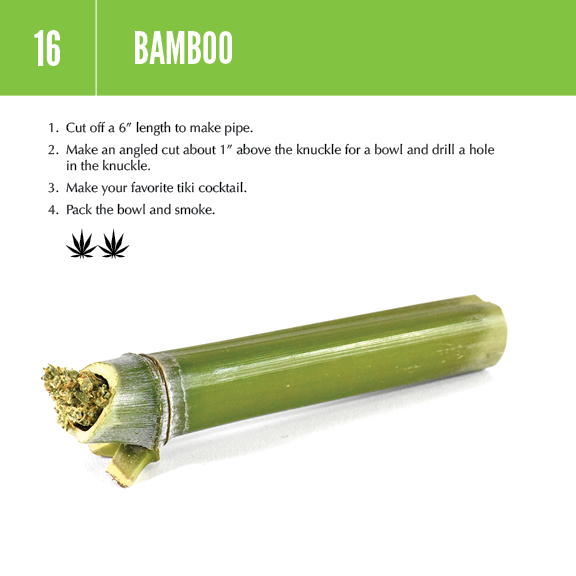
What was the most surprising pipe idea you came up with for the book?
Firewood. I go camping a lot and always make a fire. For this solution, you always have a good source of material in the wood, and you’ve got the tools: a pocket knife or ax to carve the pipe. Then you’ve also got a ready-made fire source right in front of you. You’ve been staring at this solution forever. You just have to remember when throwing another log on the fire to not burn the firewood pipe.
What’s your favorite pipe in the book?
I like corn dogs. By simply removing the stick which creates the air chamber, you can then carve out a bowl to connect and you have a pipe. Once you smoke and get the munchies, you can then eat the corn dog. In the design world there’s an idiom: “form follows function.” I like to think I’ve created: “form feeds function.”
Which pipe in the book would you be the least likely to use?
Coffee pods. I think the pods create way too much waste and end up in a landfill. I only use a French press to make coffee.
What was one pipe idea you had high hopes of making work, but it just couldn’t quite make happen?
Fishing pole. Seemed like a good opportunity, since fishing and getting stoned would be a natural fit. But the poles are solid, not tubes.
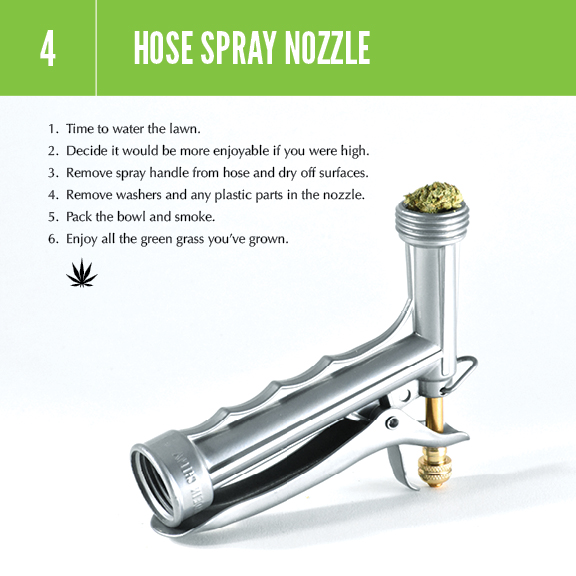
The instructions in the book are extremely easy to follow — even if you’re already stoned. Did you take into account that some readers would already be lit when attempting to use your instructions?
To be successful in solving any problem, no matter how complex, you need to break down the problem and solution to its simplest form. Your basic K.IS.S. — Keep It Simple Stupid — way of thinking.
What makes a how-to book more effective than a demonstration video?
To use the quote: “a picture tells 1000 words.” A photograph has the opportunity to tell a story in a simple way. If I can transfer the knowledge I have gained to someone else in this direct way, I feel I am being successful.
You’ve tackled opening a beer bottle and building a pot pipe. What other challenges faced by partiers can you solve with industrial design?
I’m good at carving Thanksgiving turkeys, and I can fix just about anything mechanical around the house. I also know first-aid.
Beyond just actually constructing a pipe, what else do you hope readers might come away with from this book?
I would like for readers to acknowledge that they too can easily solve most problems put in front of them. I would emphasize that you should always read the supplied instructions, find experts to ask questions, and then listen more. Don’t be afraid to try something new and don’t be afraid to fail. It’s usually the way you learn what works and, more importantly, what doesn’t work for the next time you’re faced with the same or a similar problem to solve.
For more on Brett Stern, visit his website here. And order a copy of ‘99 Ways to Make a Pipe’ here.
Follow Mike McPadden on Twitter


